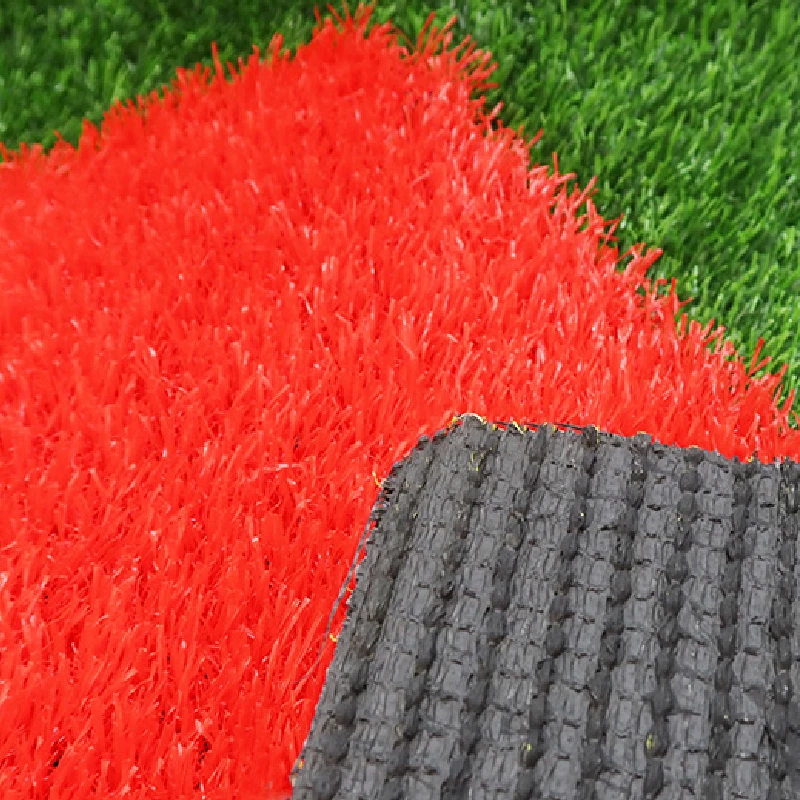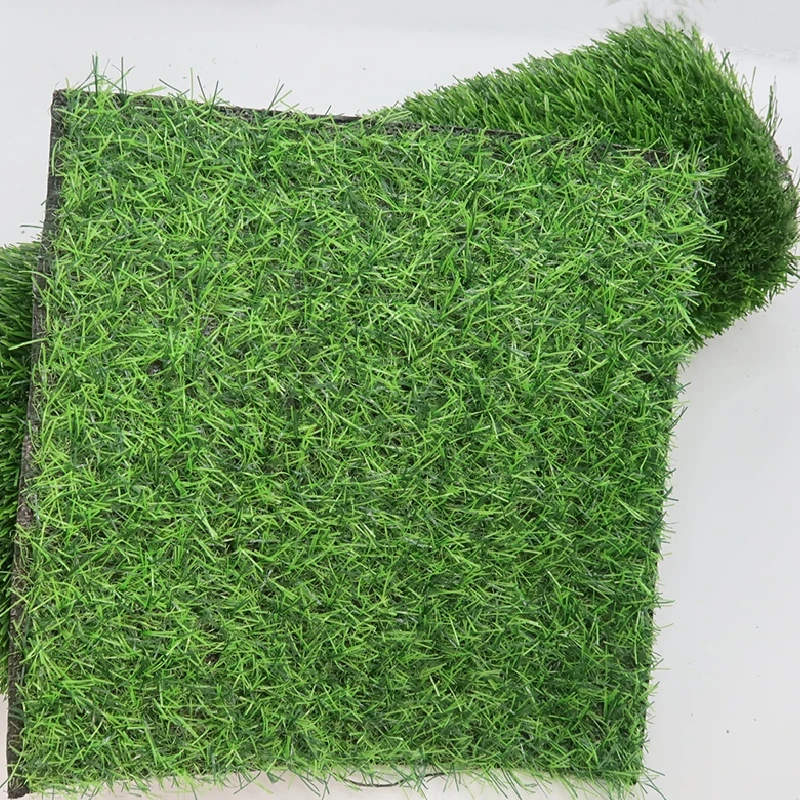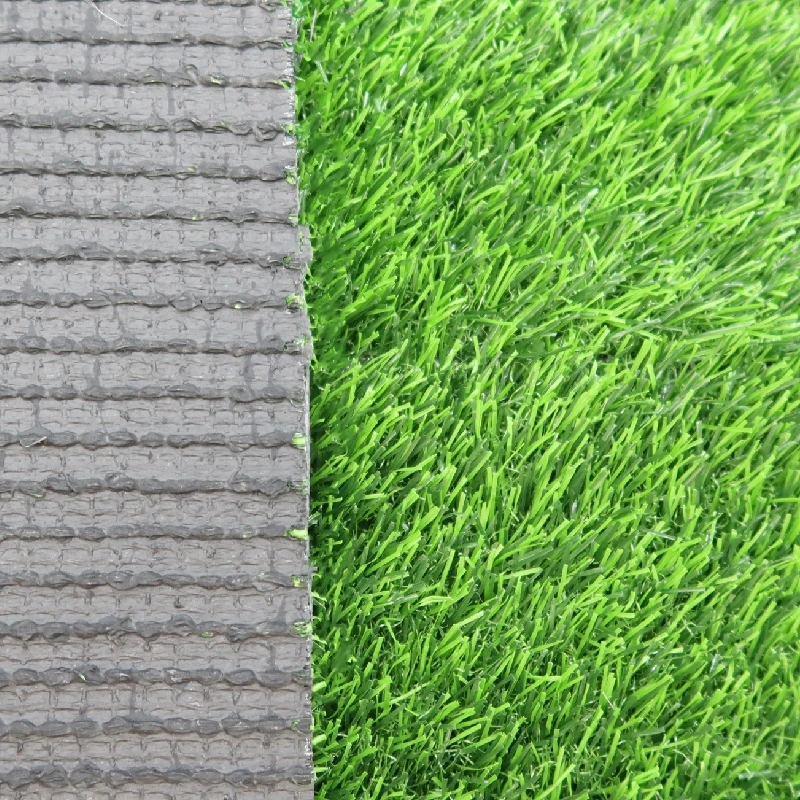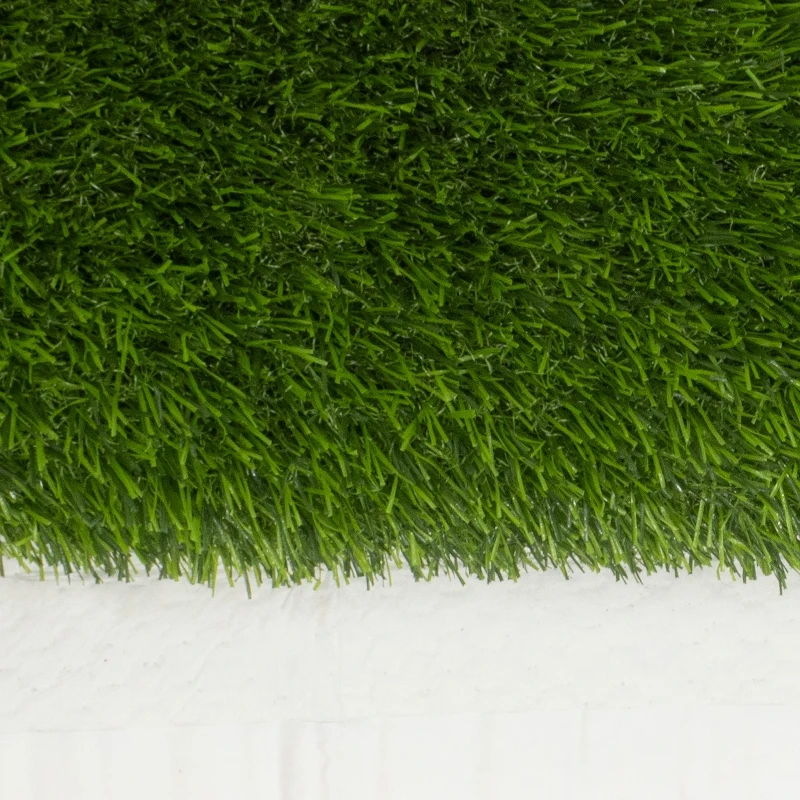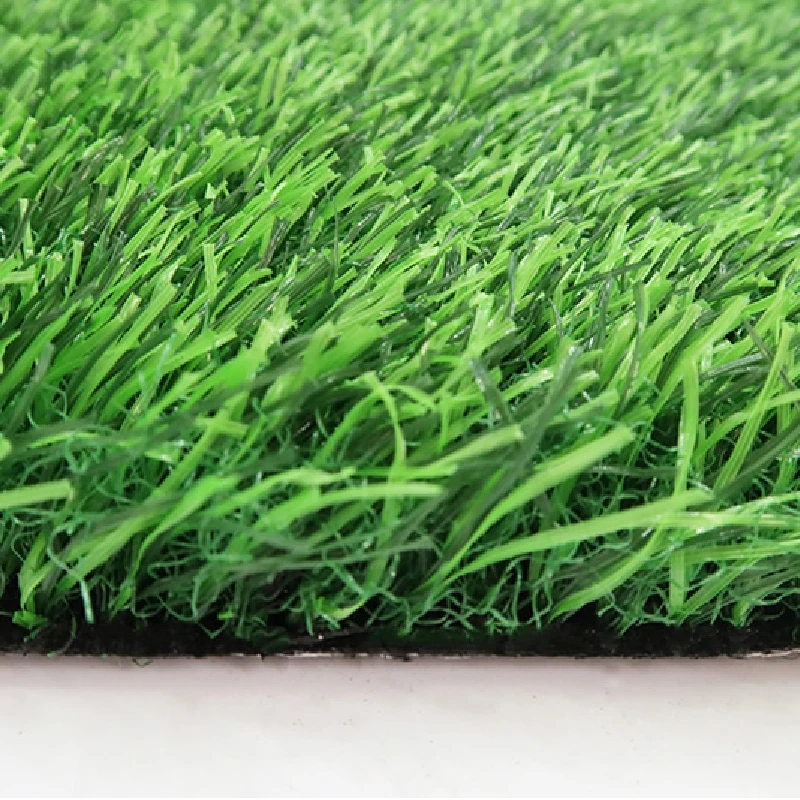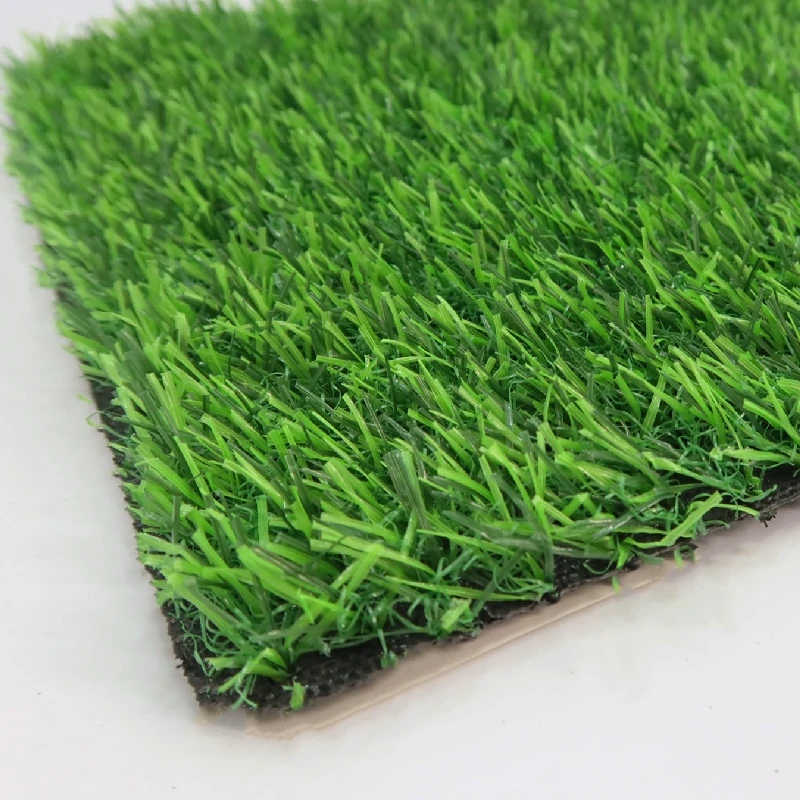Synthetic Sports Turf – Durable, Sustainable, and Cost-Efficient Playing Surfaces
Nov . 24, 2025 13:46 Back to list
Understanding Synthetic Sports Turf: Why It’s a Game Changer Worldwide
If you’ve ever stepped onto a gleaming green field that felt as perfect rain or shine — chances are, you were on synthetic sports turf. But beyond the obvious, this innovation is quietly transforming sports, urban spaces, and even humanitarian efforts globally. From providing durable playing grounds in arid regions to easing maintenance pressures for schools and municipalities, synthetic sports turf is a versatile solution that addresses many of today’s challenges.
What might surprise you is how wide-reaching the impact is, from lowering water consumption to fostering community engagement through better accessible sports facilities. So, let's unpack what makes synthetic sports turf more than just “fake grass” — a technology of resilience, sustainability, and smart design worth knowing about.
The Global Context: Why Synthetic Sports Turf Matters More Than Ever
Today, more than half the world's population lives in urban areas — a figure projected to grow according to UN urbanization data. Recreational space is at a premium, and maintaining natural grass fields can be costly and water-intensive, especially in drought-prone zones.
Sports, after all, are an essential part of healthy, vibrant communities. But natural turf fields demand constant upkeep, irrigation, and recovery time, limiting usage and driving high maintenance budgets.
Against this backdrop, synthetic sports turf offers an alternative that optimizes land use, reduces resource strain, and extends playing hours. Interestingly, the ISO has even set standards for artificial turf quality and safety, reflecting its rising importance in global sports infrastructure.
What Exactly Is Synthetic Sports Turf?
In plain terms, synthetic sports turf is a manufactured surface designed to mimic natural grass using plastic fibers crafted to look and feel like the real thing. Unlike typical lawn grass, these synthetic fibers withstand heavy wear and tear, resist fading, and maintain consistent playing conditions regardless of weather.
But it’s not just about sport. Synthetic turf aligns with broader industrial and social trends — think drought resilience, urban greening, or emergency reconstruction — where having a reliable, low-maintenance sporting surface can support physical health, social cohesion, or even psychological well-being.
Durability: Built for the Long Haul
One of the biggest selling points engineers talk about is the turf’s ability to hold up under constant use. Unlike natural grass that might turn into mud pits after heavy rain or repeated games, synthetic surfaces stay firm, safe, and playable year-round. This matters especially for schools or community parks where fields see back-to-back use.
Cost Efficiency: Saving Ongoing Expenses
True, the initial installation costs for synthetic turf are higher than sowing grass seed. But when you factor in reductions in water bills, fertilizer, mowing, and re-seeding, the long-term savings add up. Many municipal parks report cutting maintenance expenses by nearly 50% within the first five years. That’s quite significant when budgets get tight.
Safety & Player Performance
Manufacturers have made leaps in fiber technology and infill materials to enhance player safety — reducing risks like turf burns or slips. Plus, consistent surface conditions allow athletes to perform without surprises, making the game fairer and more enjoyable.
Environmental Impact & Sustainability
Obviously, using less water in landscaping is a big eco-win, particularly in drought-affected regions. Some turf systems incorporate recycled materials and recyclable fibers, supporting circular economy principles. That said, debates continue about microplastics runoff — an evolving area of research for sure.
Easy Installation & Scalability
Installing synthetic turf is comparably quick and predictable versus growing and waiting to maintain natural grass fields. This makes it ideal for fast-deploy needs, like renovating stadiums on a tight schedule or providing sports facilities in remote locations.
Global Applications You May Not Expect
Sure, you’ll find synthetic sports turf in top stadiums worldwide, but its reach stretches far beyond elite venues. Schools across the US, Australia, and Europe install it to guarantee playtime regardless of weather.
In arid places like parts of the Middle East and Africa, where water scarcity limits greenery, synthetic turf helps maintain sports facilities without taxing limited resources. For instance, a community center in Dubai reported a 70% reduction in water use after switching.
Even in disaster relief zones or refugee camps, temporary synthetic turf fields are deployed to foster normalcy and physical activity among displaced populations — a testament to its versatility.
Advantages & Long-Term Value
- Sustainability: Reduced water and chemical use.
- Reliability: Usable in nearly all weather conditions with minimal downtime.
- Safety: Consistent surface reduces injury risk.
- Community: Boosts participation in sports and recreation, supporting social bonds.
- Innovation: Continuous improvements in materials and design raise the bar on performance.
It’s kind of rare for a product to combine environmental responsibility with enhanced social impact so seamlessly. For many facility managers, choosing synthetic sports turf means investing in peace of mind and community well-being — two things money can’t always buy.
Looking Ahead: Future Trends and Innovations
As sustainability goals tighten, we’re seeing newer synthetic turfs made with biodegradable or fully recyclable components. Some manufacturers use bio-based polymers to reduce petroleum dependency — a small but important step.
Digital tech also enters the game with “smart turf” integrating sensors to monitor field conditions, optimize maintenance, and even track athlete movement — weirdly sci-fi but already in pilot stages.
Policy-wise, green certifications and ISO updates will push manufacturers to improve environmental and safety metrics continuously.
Common Challenges and How the Industry Is Tackling Them
One complaint often raised is the turf’s heat retention — surfaces can get uncomfortably hot under direct sun. Solutions include cooling infill materials or shade structures.
Environmental concerns about microplastics runoff are prompting R&D on containment systems and cleaner recycling methods.
Some players prefer the feel of natural grass, so hybrid systems that mix natural and synthetic fibers gain traction as compromises.
FAQ: Your Synthetic Sports Turf Questions Answered
- How long does synthetic sports turf typically last?
- Most synthetic sports turf fields have a lifespan of 8 to 15 years, depending on usage intensity and maintenance. Proper upkeep can extend this, making it a solid long-term investment.
- Is synthetic turf safe for young athletes?
- Modern synthetic turf is designed to meet strict safety standards, minimizing abrasions and impact injuries. However, proper installation and maintenance are crucial for safety.
- Does synthetic turf require special upkeep?
- While it cuts out mowing and watering, synthetic turf still needs brushing to keep fibers upright and occasional cleaning to remove debris.
- Can synthetic sports turf be installed in extreme climates?
- Yes, synthetic turf performs well in both hot and cold climates with proper product selection and installation techniques tailored for local conditions.
- Is synthetic turf environmentally friendly compared to natural grass?
- While synthetic turf saves water and chemicals, manufacturing and disposal impacts are considerations. Innovations in materials and recycling are improving its eco-profile.
Quick Look: Product Specification Table
| Feature | Typical Value | Notes |
|---|---|---|
| Pile Height | 40–60 mm | Depends on sport type |
| Fiber Material | Polyethylene (PE) / Polypropylene (PP) | PE softer, PP for backing |
| Infill Options | Sand, Rubber, Organic blends | Affects cushioning |
| Expected Lifespan | 8–15 years | Maintenance dependent |
| Water Usage | Minimal to none | Some cooling irrigation possible |
Vendor Comparison: Key Synthetic Sports Turf Suppliers
| Supplier | Material Quality | Installation Support | Warranty | Sustainability Features |
|---|---|---|---|---|
| Hoya Agriculture | High-grade PE fibers | Comprehensive, global | 10 years | 50% recycled content |
| GreenField Turf | Durable PE/PP blend | Regional specialists | 8 years | Certified organic infills |
| Artificial Grass Co. | Standard PE fibers | Limited support | 5 years | Basic recycling program |
Wrapping Up: Why Synthetic Sports Turf Deserves Your Attention
In the long run, synthetic sports turf isn’t just a functional upgrade — it’s a commitment to sustainability, safety, and community vitality. Whether you manage a local park, school, or worldwide sports venue, investing in quality artificial turf means better access to sports and recreation for everyone, rain or shine. If you want to explore this smarter alternative, check out our curated solutions at Hoya Agriculture. Because thoughtful innovation on the ground makes all the difference.
Takeaway
While natural grass has its charm, the durability, cost savings, and sustainability of synthetic sports turf make it increasingly vital in modern infrastructure — especially as climate pressures and usage demands rise.
References
-
Durable, Eco-Friendly Turf for Balcony | Enhance Your Urban Space
NewsNov.24,2025
-
Turf Between Pavers: Sustainable Green Paving Solutions for Modern Urban Spaces
NewsNov.24,2025
-
Discover the Benefits of Turf and Pavers Backyard | Sustainable Outdoor Design
NewsNov.24,2025
-
Top Quality Artificial Grass – Sustainable, Durable, and Stylish Turf Solutions
NewsNov.24,2025
-
Durable and Eco-Friendly Thick Artificial Grass Solutions | Hoya Grass
NewsNov.24,2025
-
Synthetic Turf: Sustainable Green Solutions for Sports, Industry & Urban Living
NewsNov.24,2025
Products categories



